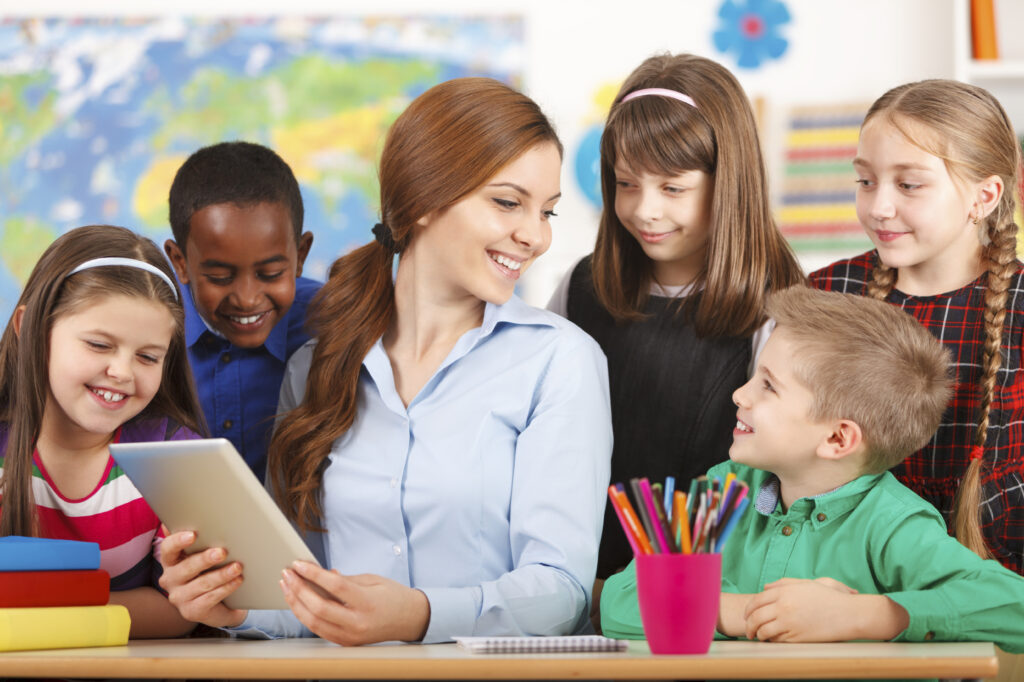How positivity impacts children in early childhood education

What is positivity in education?
Positivity in education combines the principles of positive psychology and related fields with education. It’s based on the theory of wellbeing, which argues that six elements—positive emotions, engagement, positive relationships, meaning, accomplishment and health—are necessary for human wellbeing. Michelle McQuaid, from Melbourne University’s Graduate School of Education, is a leading advocate. Positive education emphasises the significance of helping students set up and achieve their personal goals alongside teaching them values, character and social skills.
The movement is gaining traction all over the world. Its goals are to
- Cultivate a school culture that is supportive and compassionate
- Encourage individual and communal living
- Teach specific skills for improving positive emotions, resilience, mindfulness and healthy living.
Teachers play a vital role in encouraging positivity in early childhood education
A positive approach towards a child’s growth and development in early childhood education can be profoundly affected by the teacher’s attitude and approach to teaching. Teachers are instrumental in fostering a positive learning environment, especially during a child’s formative years. They provide a support system for students. They encourage them to set and work towards goals, building their self-esteem and motivation.
Teachers inspire students to dream big. This shows them that they can change their lives through their own efforts and positively affect the lives of those around them. Attending a centre that cares for and supports children can significantly impact their future achievements.
Connecting with the child
Context is essential when creating a positive frame of mind in childhood education because every child is different, as is each family. Successes and failures depend on how teachers find favour in the eyes of a child and their family. Teachers must be mindful and observant when interacting with children. This enables them to understand each child’s mental and social needs.

The first step in building a positive classroom environment is getting to know each student and their family personally. It’s vital to understand how they’ve grown, how they communicate and what kind of person they are. Teachers can foster each student’s growth and development by taking the time to speak to them as individuals to understand their specific needs.
Incorporating hands-on activities in the classroom is one method of fostering a positive learning environment. Having children take part in hands-on activities is a great approach to encourage them to learn while having fun. Children are more likely to pay attention and remember knowledge when learning this way.
Positivity is also about giving children the tools they need to self-regulate and making the classroom a welcoming place. There are several ways to do this, including
- Getting to know each child and their family on a personal level
- Adapting to each child’s individual developmental rate
- Understanding their communication style and overall demeanour.
When it comes to healthy growth, it’s essential to give children a safe place where they can be themselves without worrying about being judged or rejected.

Positive reinforcement in early childhood education is also vital because it can have a long-term effect on a child’s growth and development. Evidence from interviews with Chris Dawson exploring Positive Education in Australian schools shows that these settings benefit children’s development and learning.
Teachers can make their classrooms more inviting for students by
- Cultivating relationships with them and their families
- Using various instructional strategies
- Facilitating self and peer regulation
Using a more optimistic curriculum in their early school years can set children up for future success.
Modelling positivity to shape character
Many fundamental character strengths are created at a very early stage, even if most young children aren’t yet intellectually competent enough for advanced character qualities.
Happiness is linked to positive character traits like love, enthusiasm and hope from a young age. The bond between a baby and their caretaker forms the foundation on which love and optimism might grow. If a baby forms a strong bond with their caregiver early on, they’re more likely to mature into a healthy adult.
Role modelling effectively instils positive traits in children, as they learn from watching others and internalise what they see as positive traits in their role models.
Most young children lack the emotional and intellectual ability to express gratitude, but they can show affection and optimism. So, expecting a young child to show thankfulness is unreasonable without first teaching them the skill.
Positive education programmes, like the one at Geelong Grammar School, can help young people hone in on their best qualities. Certain positive traits in teenagers’ personalities have been shown to have a more direct influence on their mental health. In order to find lasting happiness and success, it is essential to develop certain qualities.
Character traits are shaped by the environment we’re raised in. Character traits are, in theory, at least teachable and acquirable via experience.
You can document your efforts to include positivity in your lesson planning with Playground, our platform for teachers, accessible via the cloud, read to recall during your next review.

